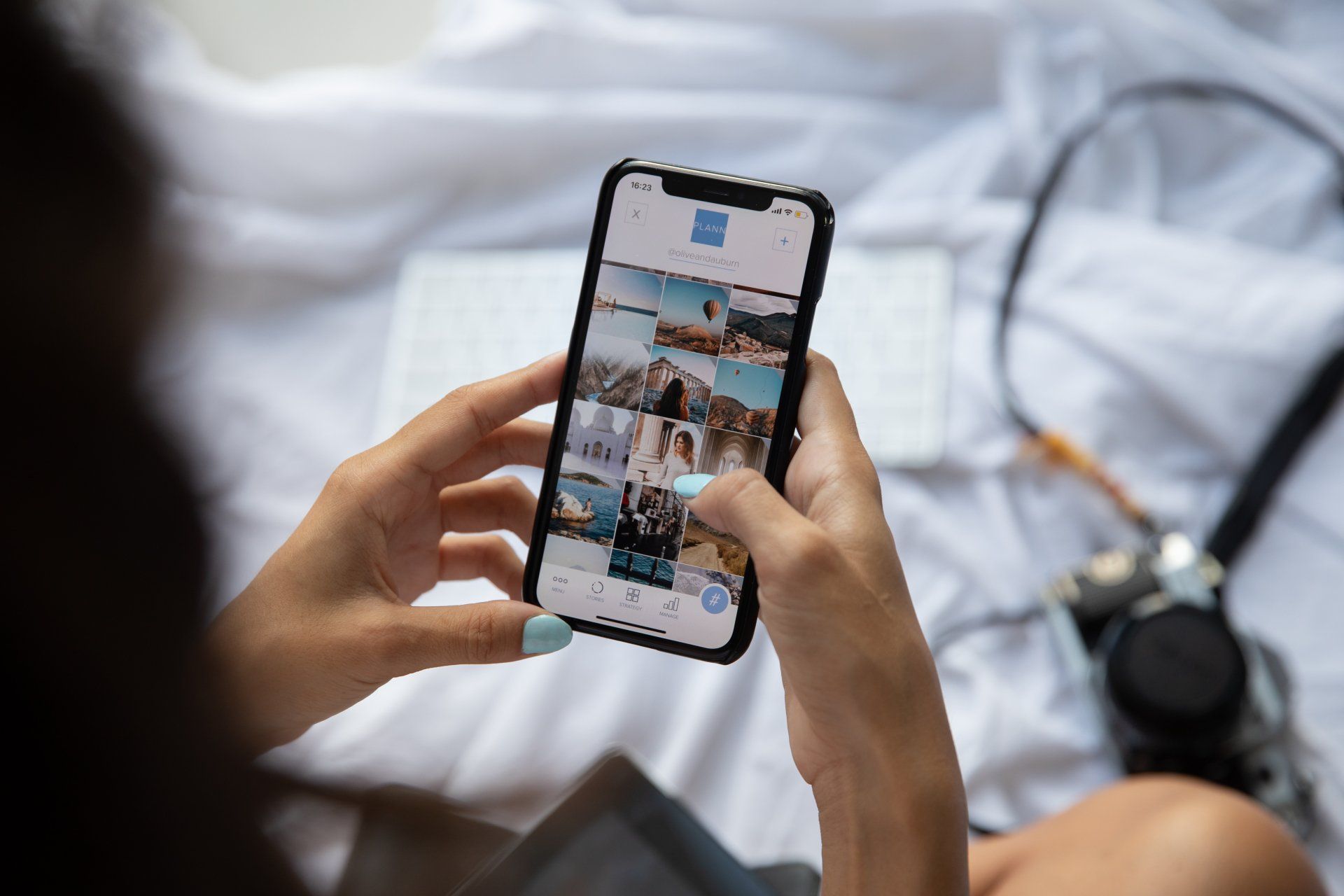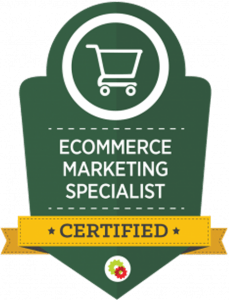Harnessing the Power of Employee Influencers
Boosting Brand Authenticity and Engagement

In today's fast-paced digital market, businesses are continuously looking for new methods to humanize their brands and build stronger relationships with their target customers. Leveraging workers as influencers is a new approach that has gained significant popularity. Companies that collaborate with their own employees may highlight their organization's principles, work culture, and team members' passions in a real and approachable way.
Why Employee Influencers Rock
Traditional influencer marketing has long depended on celebrities and social media personalities to promote businesses and services. But, let's be honest, consumers are becoming wary of sponsored content and prefer more authentic connections with businesses. This is where employee influencers step in to rescue the day.
These aren't simply hired spokespersons; they're actual employees who are enthusiastic about their jobs and the firm they represent. Employee influencers have a distinct perspective that appeals to audiences. They may offer insider information, share personal anecdotes, and demonstrate how the organization's ideals coincide with their own. This kind of authenticity is difficult to imitate through standard advertising approaches and can aid in the development of trust and credibility with potential clients.

The Perks of an Employee Influencer Program
- Authentic Endorsement:
When workers sincerely believe in their company's products or services, their endorsements have far more impact than those of paid influencers. Consumers are more inclined to believe recommendations from actual individuals who have had direct experience with the brand.
- Budget-Friendly Marketing: Using staff influencers as a cost-effective alternative to standard influencer marketing efforts. Instead of paying huge money to celebrities, businesses may reward their own staff for creating content and sharing their experiences.
- Increased Employee Engagement: Encouraging employees to become brand champions may enhance morale and instill a feeling of pride in their job. When employees feel appreciated and encouraged to share their experiences, they are more likely to be engaged and motivated in their jobs.
- Expanded Reach: Employee influencers may help organizations reach out to new audiences. Employees that share information on their personal social media sites can promote the brand to their own networks of friends, family, and followers who may not have been aware of the firm before.
Making It Happen: Implementing an Employee Influencer Strategy
To effectively create an employee influencer program, firms should follow four crucial steps:
- Identify Potential Influencers: Look for workers who already use social media and have a strong personal brand. These people should be passionate about their jobs and share the company's ideals.
- Provide guidelines and training: Establish clear parameters for employee influencers, detailing the sorts of material they may produce and the tone they should adopt. Provide training sessions to assist people improve their social media abilities and learn best practices for connecting with audiences.
- Encourage Authentic Storytelling:
Rather of assigning preset talking topics, let employee influencers to contribute their own experiences and viewpoints. Authentic storytelling will connect with viewers and foster confidence in the brand.
- Monitor and Measure Results: On a regular basis, assess the success of employee influencer material and its impact on brand recognition, engagement, and conversions. Use these insights to fine-tune your plan and find areas for improvement.
The Bottom Line
As organizations look for new ways to humanize their brands, using workers as influencers is developing as a compelling and real strategy. Companies may develop stronger connections with customers and long-term confidence in their brand by encouraging employees to share their stories and experiences.
Employee influencer programs, with the correct strategy and implementation, may be a game changer for organizations trying to differentiate themselves in today's competitive market.
So, why not give it a shot? Your staff could be your hidden weapon for increasing brand authenticity and engagement.




















